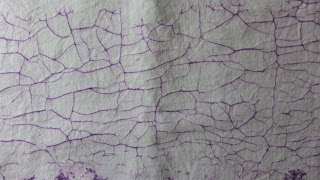It is also wonderful to be able to ask advice about what you are doing, how to set about doing a design, how to fix up problems, etc. I have missed that sharing of ideas and knowledge that you get in classes and groups that physically meet. I like the ability you have to actually show someone, or see someone demonstrate for you.
There is also enough time to be able to chat to everyone, catch up on everyone's news, rather than have half conversations with people that get interrupted because you are trying to catch up with other people's conversations too.
Having the longer time put pressure on to have some weaving to take. I have spent several hours this week finalising my design, warping up my loom and hitching on. It made me keep to the task, not go and play patience games on the computer, as is my wont. It was a bit like having a deadline, something that can be very helpful, even when it stresses you.
By the way, the guild is offering a certificate course in tapestry weaving. It will be taught by Cresside Collette and Joy Smith.







































